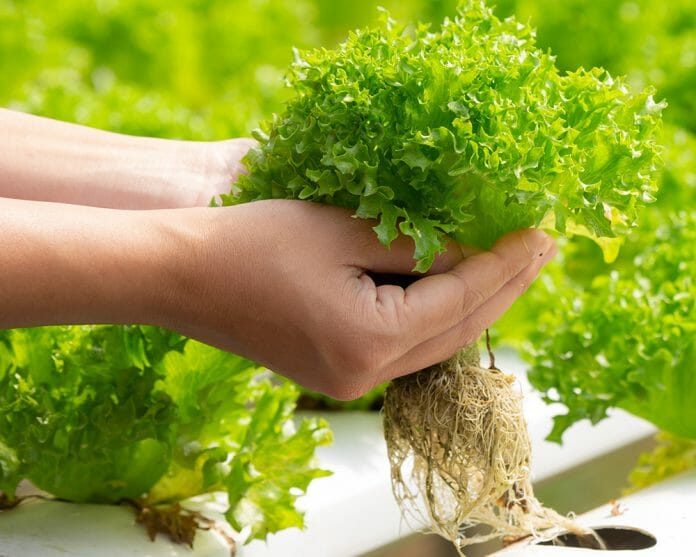Although food security received considerable emphasis in Budget 2023, it made no specific mention of connecting youth with agriculture.
The Young Agropreneur Programme (Program Agropreneur Muda, or PAM for short), launched in 2014 to supplement the National Agrofood Policy 2011-2020 (NAP1.0) in closing the gap of youth participation in the agro sector, appears to be another programme that could have been worked better towards achieving the desired outcomes and impacts for the nation.
The emphasis on youth participation in agro sector sounded even louder in National Agrofood Policy 2021-2025 (NAP2.0) among its set of objectives, action plans and key indicators. Although the specific mention of PAM may not be found in NAP2.0, its emphasis on young entrepreneurs indicates that a similar program will continue to be implemented under the 12th Malaysia Plan (12MP) (2021-2025).
It has been reported that the PAM under the 11th Malaysia Plan and in support of NAP1.0 resulted in the approval of grants and loans worth RM126 million, and said to have helped 6,969 young agropreneurs in starting and growing their agricultural activities. However, we have not found more information to understand the outcomes and impacts of these expenditures and activities, aside from some anecdotal evidence of some success stories.
In 2015, only 15% of the workforce in the agro sector were youths. Specifically, it was estimated that youth participation in the agro-food sector was at 15% of the number of members registered with the Board of Farmers’ Organisation. In 2016, only 4.2% of tertiary graduates considered a career in agriculture.
For 2019, around 10.6% (or 1.6 million) of the approximately 14.8 million workforce in Malaysia are part of the agricultural workforce. The agriculture workforce experienced a decline of 0.5% compounded annual growth rate (CAGR) between 2010 and 2019, at the backdrop of a 2.7% increase in CAGR of the overall workforce in Malaysia.
There is a clear shift in interest from the workforce, resulting in the insufficient succession from the youth as a replacement for the existing generation of farmers causing the workforce in the agro sector to continue to decline.
In NAP2.0, this is relatively more comprehensive and proactive. For example, the core policy strategy and action plan 3 under strategy 1 (“Attract and Retain Young Talent”) involve the rebranding of the agro-food sector with modern and smart agriculture, creating an optimum industrial workforce resource through graduate integration into the “real” work environment through internships and apprenticeships, targeted education and innovation competition, and the development of new management models to improve productivity.
The are other existing and persistent issues to get the interest of the youths. As reported in NAP2.0, there are:
- Next steps
Involving youth in agriculture would require certainly more than just providing workshops, consultancy or grants. To be able to effectively address such an issue the national agricultural policy should include at least the following initiatives/action plans:
- Institutionalise the Input-Output-Outcome-Impact framework as a solid basis for intra-ministerial / intra-agencies co-operations and interventions;
- Localise or redirect the production for all parts (upstream and downstream) of the food supply chains for critical-self-sufficient (CSS) items (this is to protect local entrepreneurs from external supply-chain shocks);
- Create a single national supply chain management data platform for CSS-designated food items (to eliminate the issue of the middleman and monopolies);
- Set the universities that have land as national flagship universities to spearhead research and collaboration with a focus on AgriTech, circular economy and regenerative agriculture principles;
- Provide various financing options with a focus on start-ups and MSME segments, and technology adoption within the agriculture industry: Malaysia’s sovereign wealth funds (Khazanah and EPF), innovative smart financing or viable commercial banking sector options;
- Ensure land availability for agricultural activities: limit land ownership while introducing rent ceiling and permanent rental contracts for small farmers;
- For the AgriFood flagship universities align key performance indicators with the number of research that reaches the commercial stage;
- Provide critical infrastructure and services for moving food around from farm to market;
- Ensure that children from the school or even from the kindergarten level are introduced to the concept of 4IR agriculture for them to learn that there is nothing 3D (dirty, difficult, dangerous) about modern agriculture but it is fascinating and exciting. This is what is successfully done in other countries such as Japan, South Korea, and Singapore where government begins to inculcate change they want to see in society a few years down the road through curricula from kindergarten to universities.
Certainly, the future of the agriculture sector is the youth. Producing highly skilled food agri-techpreneurs at scale is one of the major trends among the countries that exhibit stellar performance in the Global Food Security Index. And this also includes taping into the pool of massive youth unemployment that Malaysia has.
All we need to do is to pull these key ingredients together into a sound strategy done right — with the clearly set Input-Output-Outcome-Impact links and metrics.
Dr Rais Hussin and Dr Margarita Peredaryenko are part of the research team at EMIR Research, an independent think tank focused on strategic policy recommendations based on rigorous research.









